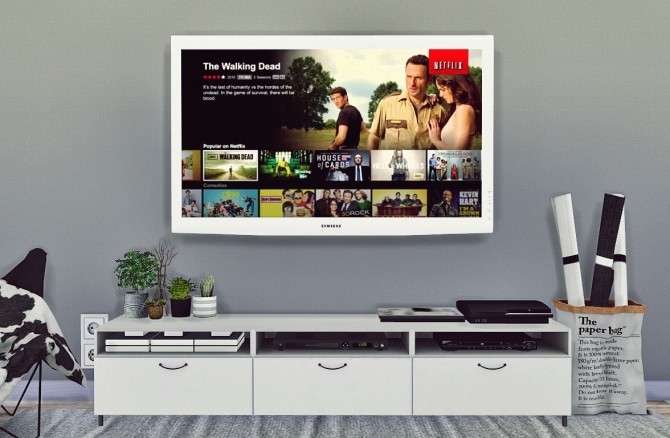Gone are the days of television with tiny diagonals that also took up a lot of space in our furniture. With the proliferation of flat screens that we can hang on the walls and the permanent drop in prices, generation after generation, the sizes of our beloved TVs have been growing in recent years.
It is no longer strange to see models of 65, 75 or more inches in stores that are on sale for less than 2,000 euros and of course, we wonder if it will be worth buying one of these televisions to have them at home and use them day by day. day.
In the following lines I will try to give you my personal opinion, leaving aside the technical part that we always deal with related to whether we can take advantage of the resolution of the pixels and I will focus on two aspects that we have discussed on occasion but perhaps not in depth. : visual fatigue and energy consumption.
Suppose that the budget is not a problem and that we are going to buy a new TV. We began to inform ourselves, to ask acquaintances, sellers, we looked for tutorials on the Internet and surely many will tell us something like: “Buy the largest that will fit on the wall or in a short time it will be too small.” Really ?, Do you have to buy something that “fits on the wall or furniture” until it takes up all the space?
I like big, huge, huge screens. In fact, for many years we had at home a cinema system with a projector with a 106-inch screen at 2.8 meters away and HD-Ready and Full HD resolution and it did not seem excessive to me … but for cinema sessions. That is, to watch a movie or two a week for a couple of hours straight and taking into account the low brightness of the projectors, with less than 150-200 real nits at best.
With current TVs that easily exceed 800-1000 nits and to watch conventional content such as talk shows, contests, news, novels, series and also movies, things change and it depends on the time we use our screen.

If we are going to watch TV for many hours a day, having such a powerful light source (yes, I know you can lower the intensity, but it is still much more powerful than a projector) and so close it can cause visual disturbances.
In addition, as we already saw in its day, there are studies that tell us how from 60 degrees we begin to lose chromatic perception and at 124 degrees it is no longer possible to see well with both eyes, so there are associations such as the SMPTE that propose to consider a optimal viewing angle of 30 degrees, which restricts the maximum size of the television that we must install at home.
This recommendation also takes into account the “tennis match” effect, that is, we do not have to move our heads continuously to see all the sections of the image on the screen. And the general rule of thumb is that the minimum viewing distance is three times the height of the TV or 1.6 times the diagonal of a 16: 9 screen.

